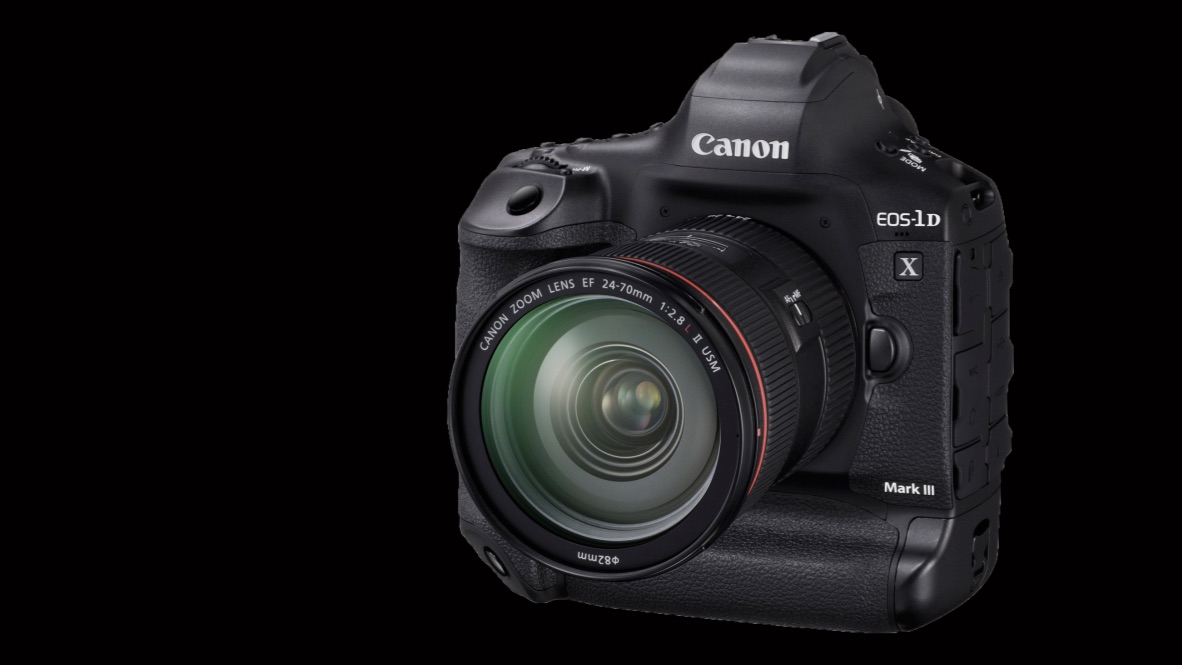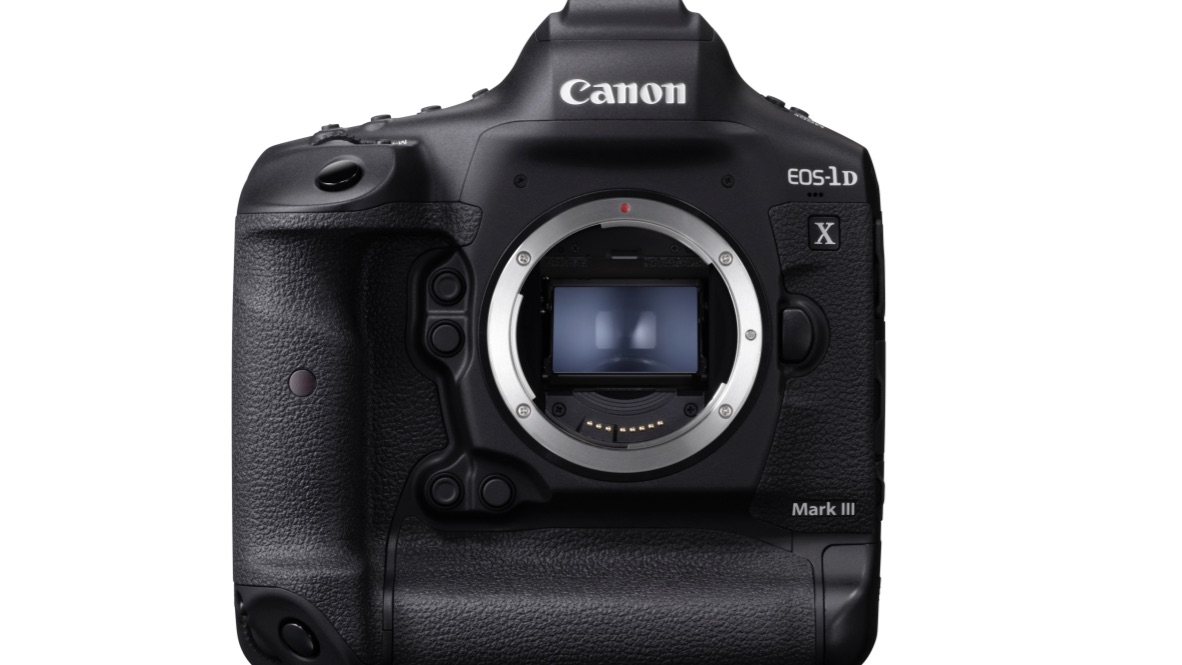Canon silences EOS 1D X Mark III rumors, makes in-development flagship official
And adds two more RF lenses to its growing stable

It may have been announced in February 2016, but the Canon EOS 1D X Mark II is still an excellent option for photojournalists and professional sports photographers. That said, it is getting on in years and definitely needed a fresh coat of paint, with many suggesting an announcement for the next generation full-frame DSLR could be made in February 2020.
Instead of making us wait, Canon has let the cat out of the bag and announced that the EOS 1D X Mark III is definitely in the pipeline.
There's no word on pricing or availability yet, although the camera maker took the opportunity to point out that two more RF lenses have been added to its growing bevy of optics. The RF 70-200mm f/2.8L IS USM and RF 85mm f/1.2L USM DS will be available to buy from November and December, respectively, with pricing still to be confirmed.
- Nikon vs Canon: which camera should you buy?
- The best DSLRs you can buy right now
- Mirrorless vs DSLR: 10 key differences
Better than before
To tease us, and silence the rumor mill perhaps, Canon has disclosed some of the details of the upcoming camera, saying it will "deliver enhanced image quality, continuous shooting and operability over its predecessor".
Under the hood will be a brand-spanking new CMOS sensor (which rumors suggest will come in at 28.1MP) and a new Digic processor (reportedly the ninth generation being debuted in the 1D X Mark III) that will improve image quality across the entire ISO range.
Canon has also revealed that the 1D X Mark III will be able to shoot 10-bit HEIF (High Efficiency Image File) images which offer better color reproduction and higher dynamic range than regular JPEG files.
Canon has also confirmed that the new camera will be capable of 4K video at 60fps with 10-bit 4:2:2 Canon Log (CLog) internal recording.
Sign up for breaking news, reviews, opinion, top tech deals, and more.

Fully focused
The 1D X Mark III will come with a new autofocus (AF) algorithm that will harness deep learning AI technology to improve focus accuracy while tracking a moving subject. There's going to 525 AF points available in Live View mode that will utilize Canon's superb Dual Pixel CMOS AF system. These AF points will cover the frame 100% vertically and 90% horizontally. As a comparison, the Mark II only came with 61 selectable AF points.
While rumors had the 1D X Mark III shooting continuously at a whopping speed of 30fps, Canon has confirmed that the new camera will have a burst speed of 16fps when using the optical viewfinder and 20fps when shooting in Live View mode. To compare, the older model has a continuous shooting speeds of 14fps and 16fps, respectively.
As we predicted, there will be two CFExpress card slots which will give the RAW buffer depth of Mark III a 5x increase over its predecessor which, at present, can impressively record unlimited JPEGs and 170 RAW files to the card.
It all sounds very impressive on paper, especially since we don't know much about the competition it will get from the Nikon D6, but we expect to see both DSLRs being used at the 2020 Tokyo Olympics.

While she's happiest with a camera in her hand, Sharmishta's main priority is being TechRadar's APAC Managing Editor, looking after the day-to-day functioning of the Australian, New Zealand and Singapore editions of the site, steering everything from news and reviews to ecommerce content like deals and coupon codes. While she loves reviewing cameras and lenses when she can, she's also an avid reader and has become quite the expert on ereaders and E Ink writing tablets, having appeared on Singaporean radio to talk about these underrated devices. Other than her duties at TechRadar, she's also the Managing Editor of the Australian edition of Digital Camera World, and writes for Tom's Guide and T3.